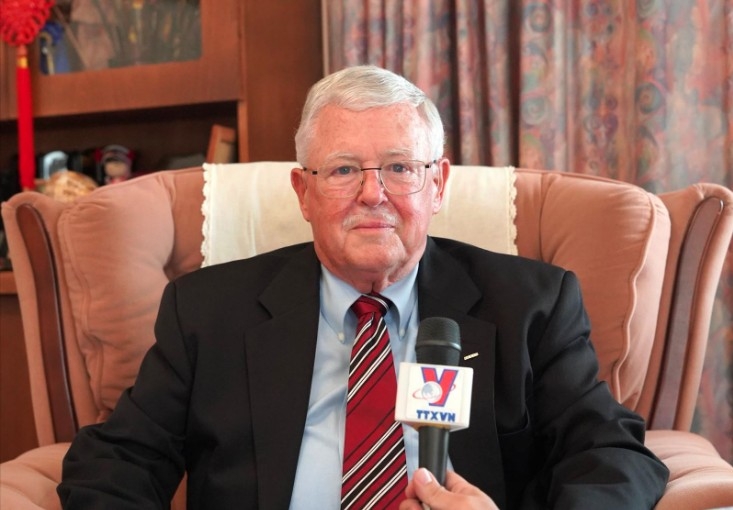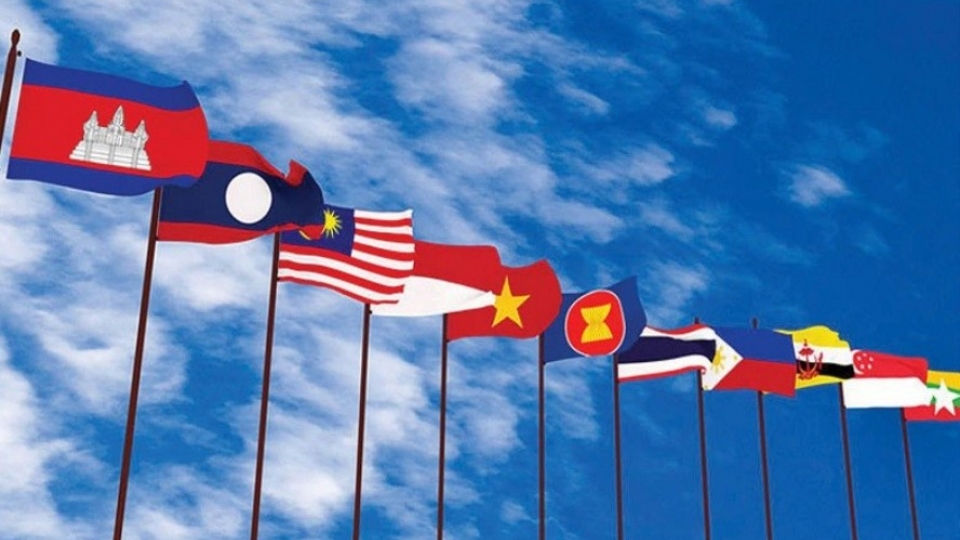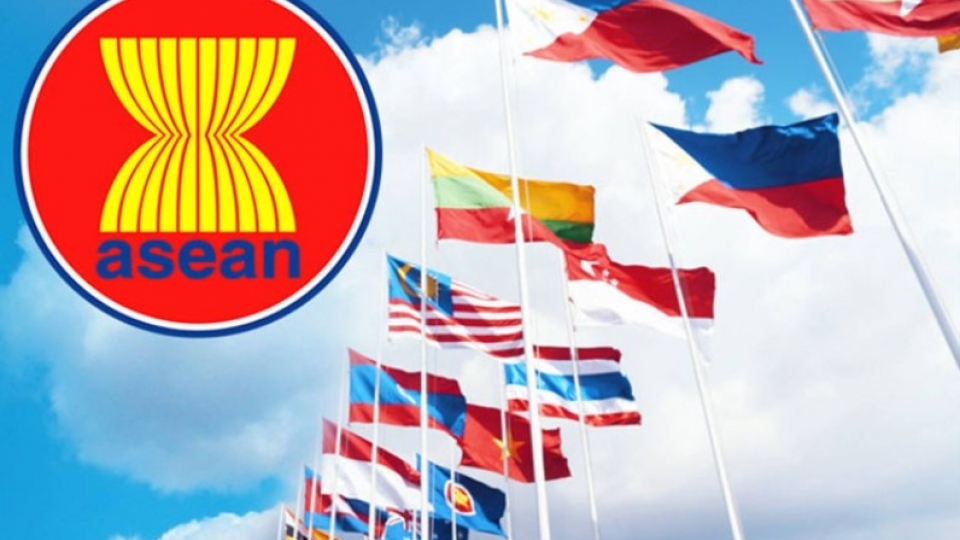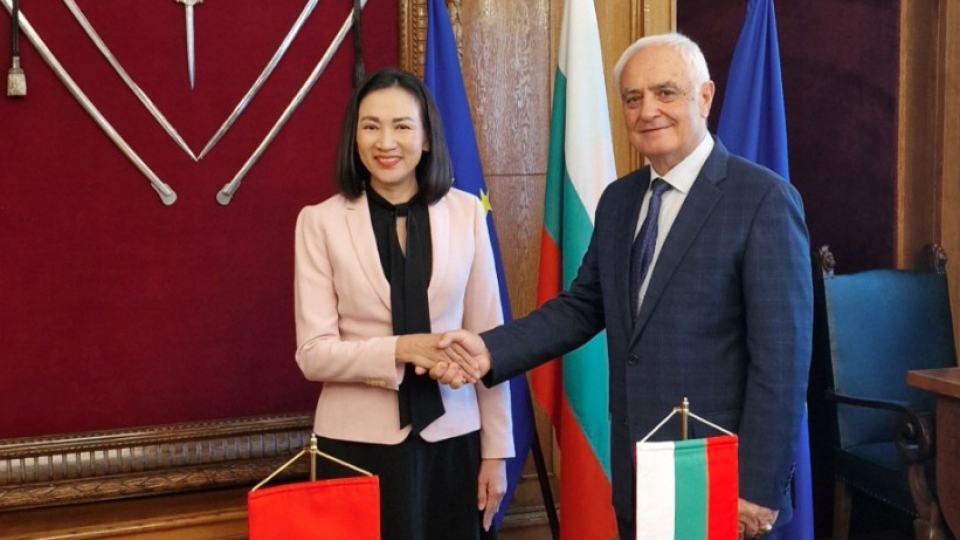Three decades in ASEAN highlight Vietnam’s four key contributions
VOV.VN - Vietnam has made at least four important contributions to the Association of Southeast Asian Nations (ASEAN) since becoming a member of the regional bloc in July 1995.

This was affirmed by Emeritus Professor Carl Thayer, from the Australian Defence Force Academy at the University of New South Wales in a recent interview with the press in Australia on the occasion of the 30th anniversary of Vietnam’s accession to ASEAN (July 28, 1995 – July 28, 2025).
According to Professor Carl Thayer, Vietnam’s first key contribution was its promotion of the admission of Cambodia, Laos, and Myanmar (CLM), helping ASEAN fulfill its original goal of bringing together all Southeast Asian countries under one regional framework.
Vietnam has also been a strong advocate for narrowing the development gap between CLMV countries (Cambodia, Laos, Myanmar, and Vietnam) and the bloc’s founding members.
Secondly, when Vietnam assumed the ASEAN Chairmanship for the first time at the 6th ASEAN Summit in 1998, it successfully facilitated the adoption of the six-year Hanoi Action Plan to realize the ASEAN Vision 2020.
Third, during its second ASEAN Chairmanship in 2010, Vietnam successfully pushed for the expansion of the East Asia Summit (EAS) to include the United States and Russia, while also hosting the first ASEAN Defence Ministers’ Meeting-Plus (ADMM+).
Fourth, as ASEAN Chair for the third time in 2020, Vietnam made notable contributions to the regional grouping’s development during the COVID-19 pandemic. It took the lead in organizing virtual ASEAN meetings and actively mobilized major powers to secure access to COVID-19 vaccines.
According to Professor Thayer, after joining ASEAN, Vietnam became a member of the ASEAN Free Trade Area (AFTA) and gained significant experience in multilateral economic cooperation as ASEAN negotiated free trade agreements with Australia–New Zealand, China, India, Japan, South Korea, and Hong Kong. The nation has also taken part in building ASEAN’s three-pillar community, comprising the Economic Community, the Political–Security Community, and the Socio-Cultural Community. In short, Vietnam has learned from and adopted best practices in multilateral economic cooperation.
However, Professor Thayer also noted that as an ASEAN member, Vietnam should take a more proactive role in defending multilateralism and the rules-based global trading system. He laid stress on the need to reduce trade barriers, build sustainable supply chains, and expand into new markets alongside other members of the Regional Comprehensive Economic Partnership (RCEP) and the Comprehensive and Progressive Agreement for Trans-Pacific Partnership (CPTPP). In other words, Vietnam needs to promote what he called “expanded multilateralism.”
ASEAN should reinforce its commitment to the ASEAN Outlook on the Indo-Pacific by strengthening comprehensive strategic partnerships with Australia, China, India, Japan, the Republic of Korea, and the United States. The bloc needs to persuade these partners of the value of working with ASEAN, rather than acting unilaterally.
He identified three key areas that require priority attention: establishing a stable tariff regime; reviving the East Asia Forum as a leader-driven mechanism; and negotiating an effective Code of Conduct (COC) in the East Sea (internationally known as South China Sea). Vietnam, with its extensive network of more than 30 partnerships, including comprehensive strategic, strategic, and comprehensive partnerships, can help enhance ASEAN centrality and advance the ASEAN Outlook on the Indo-Pacific.
Looking ahead, Professor Carl Thayer stated that if Vietnam succeeds in streamlining its current political apparatus, the country will take on a proactive role within ASEAN to pursue three key objectives outlined by Prime Minister Pham Minh Chinh at the BRICS Summit in early July.
These include strengthening multilateralism, enhancing connectivity, and improving global governance; promoting trade liberalization through market access, supply chain integration, technology transfer, and human resource development; and utilizing artificial intelligence in a safe and secure manner to improve public health, education, digital infrastructure, green transition, and climate change adaptation.
As ASEAN Chair in 2029, Vietnam will be in a position to promote the bloc’s growth and development by drawing on its own experience in transitioning into a modern industrialized nation with upper-middle income status by 2030.
This chairmanship could also support Vietnam’s longer-term goal of becoming a high-income developed country by 2045, Carl Thayer added.





